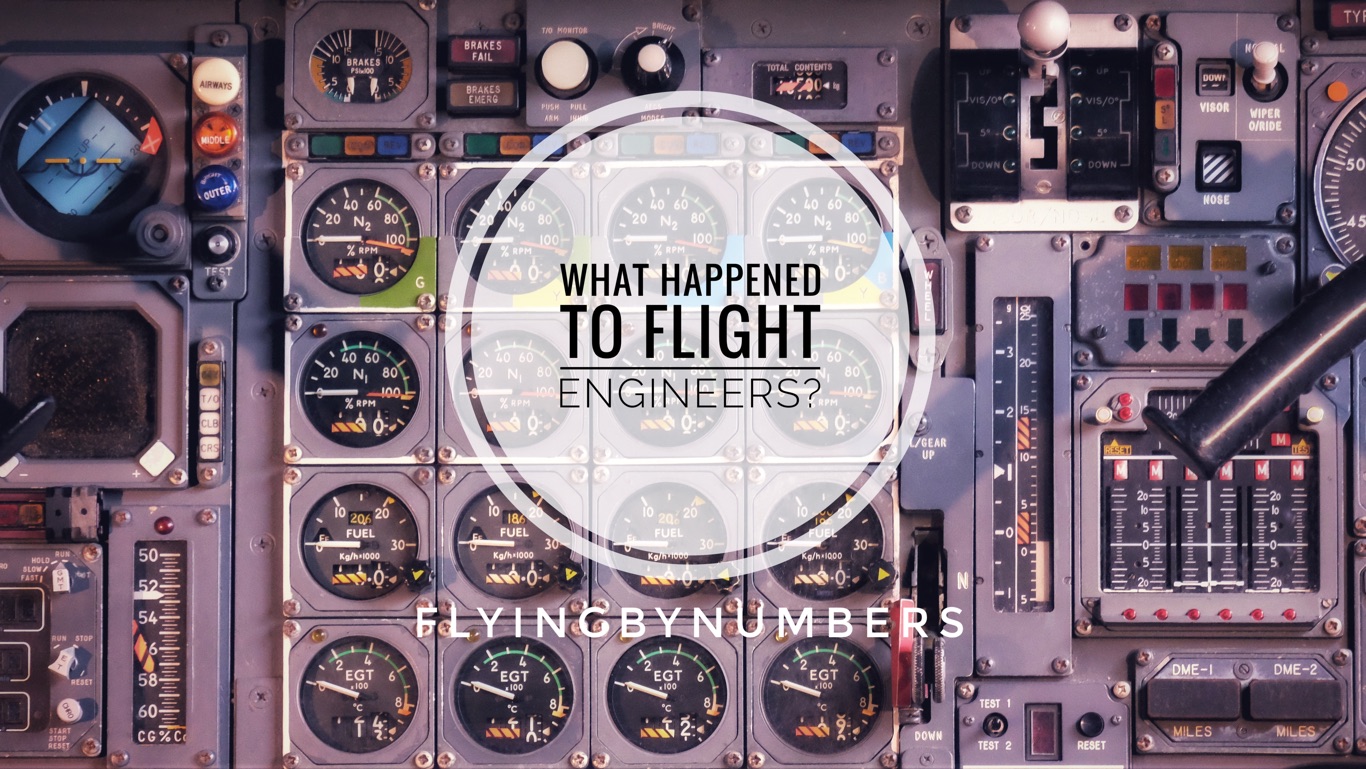Once upon a time, in the golden age of aviation, flight engineers were, arguably, the unsung heroes of the skies.
Responsible for monitoring the aircraft’s intricate systems, tweaking engine performance, and juggling fuel consumption, flight engineers were called upon to keep the temperamental early jet-age aircraft in the sky!
Yet whilst flight engineers once had a vital role to play in ensuring passengers reached their destinations safely and efficiently, the story of the flight engineer has taken a nosedive. Like the horse and cart salesman, railway signalmen, or telephone switchboard operatives, the once critical profession of a flight engineer now no longer exists.
So, what happened? In this article we’ll take a look at what flight engineers actually did, why the profession no longer really exists, and where ex-flight engineers ended up!
What did a flight engineer do?
With the advancement of commercial flight, the flight engineer was an indispensable member of the cockpit crew. They were the Jack-of-all-trades, responsible for monitoring the mechanical and electrical systems, managing fuel, and troubleshooting issues that arose during flight.
A combination of minimal autopilots, challenging aerodynamics, and basic navigation aids, meant pilots — quite literally — had their hands full operating early commercial aircraft. In addition to this, the aircraft were both incredibly complex machines for their time, but also significantly less reliable than modern aircraft.
Their role was so crucial that they even had their own dedicated workstation in the cockpit, complete with a myriad of dials, switches, and gauges that would make even the most seasoned pilot’s head spin.
A flight engineer typically sat just behind the pilots, sometimes sideways on a rotating seat, keeping an overview of the systems whilst being able to move the throttles.
As we soared into the Jet Age, the flight engineer’s expertise became even more essential. The introduction of jet engines and pressurised cabins meant that commercial aircraft could now fly faster, higher, and farther than ever before.
Sideways seating…
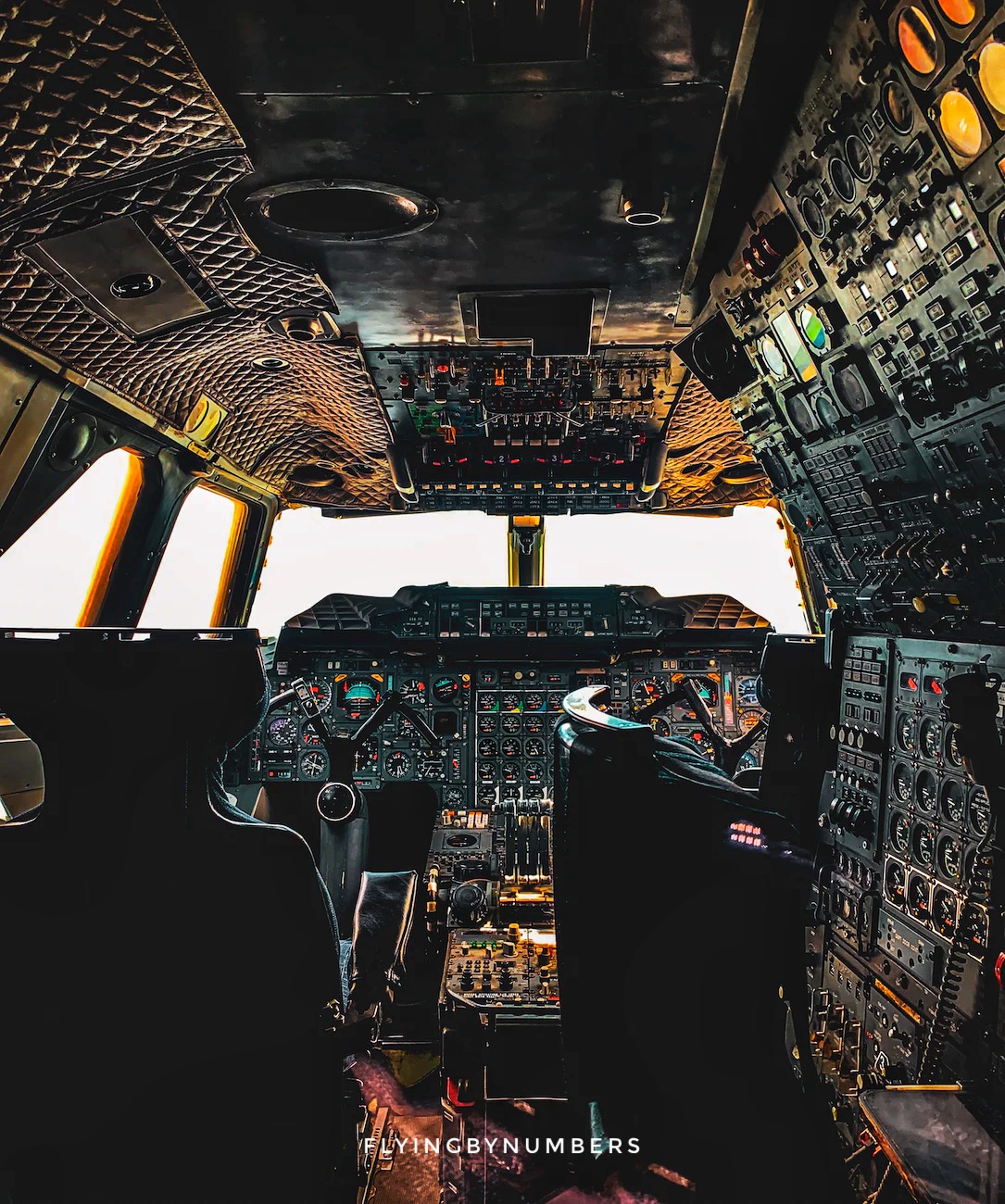
A great example of this was Concorde, the world’s first supersonic passenger aircraft, with an incredibly complex array of systems needing to be looked after by a dedicated flight engineer. Flight engineers had to ensure that everything was functioning well, from the engines to the air conditioning systems.
What happened to flight engineers?
As the decades passed, the winds of change began to blow through the aviation industry. Advancements in technology and automation began to encroach on the flight engineer’s domain, and it was a really a three-pronged attack.
Firstly, advancements in aerodynamics and automation meant that modern aircraft were less challenging to operate, and pilots could benefit from higher levels of autopilot assistance.
This freed pilots capacity for operating the engines, and troubleshooting errors, gradually shifting a flight engineer’s workload onto the pilots.
Secondly, ergonomics began to play a much bigger role. Take a look inside any early commercial aircraft, and you will see a scatter gun approach to dials and system controls! Information was both difficult to locate, and, once found, difficult to comprehend.
Modern design and improved ergonomics hugely improved the layout and display of cockpit information. This, helped reduce the need for a dedicated specialist to decipher the systems.
Thirdly, improvements in engineering and systems design meant that aircraft systems simply went wrong less!
Initially, keeping the engines turning and the flight control systems running started off as a full-time job. Yet, with time, reliable systems and multiple layers of redundancy meant that more modern generations of aircraft required less airborne input from engineers.
The turning point arguably came with the introduction of the Boeing 757 and 767 in the early 1980s. These cutting-edge aircraft featured advanced avionics, digital displays, and computerised systems that automated many of the tasks previously performed by flight engineers. The result? A more streamlined, efficient cockpit that required only two pilots.
What do flight engineers do now?
The quick answer:
Once the role of flight engineer became redundant due to advancements in aircraft technology and automation, many ex-flight engineers sought to transition into other roles within the aviation industry. These roles include becoming pilots, working as ground school instructors, or serving as maintenance engineers.
Pilots
Plenty of flight engineers retrained to become pilots. Ex-flight engineers already possessed a strong understanding of how to operate commercial aircraft, making the transition to becoming pilots smoother.
Flight engineers also knew the ins and outs of how the aviation industry worked, and the job role of pilots — they spent hours stuck in cockpits with them, after all!
To make this career change, and obtain the necessary licences and certifications, some airlines offered retraining schemes to their flight engineers when transitioning to aircraft that no longer required them.
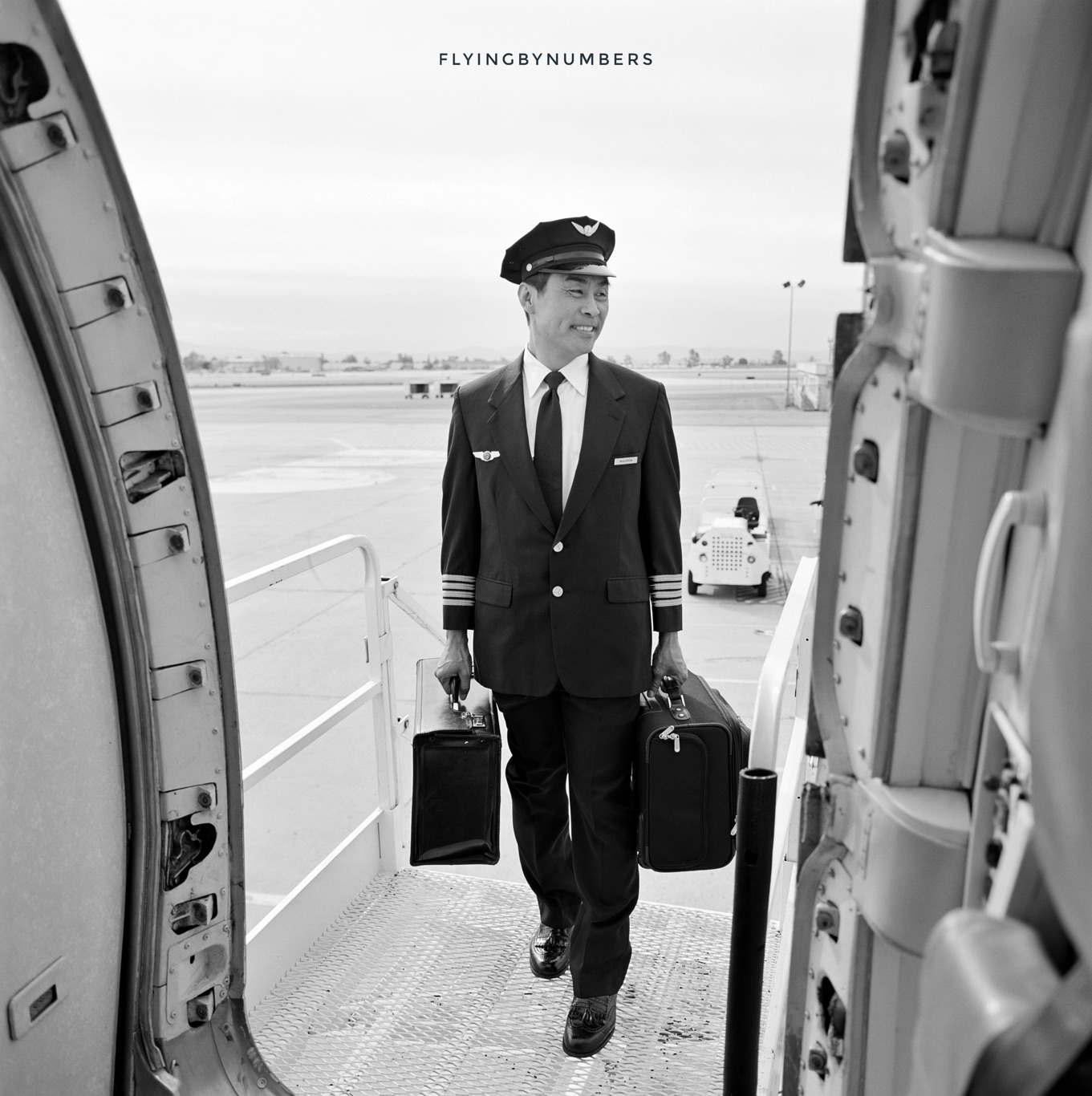
Ground school Instructors
With their extensive engineering knowledge of aircraft systems, ex-flight engineers were well-suited to become pilot ground-school instructors. Many ex-flight engineers can now be found in employment with the various flying training colleges.
In this role, they teach aspiring pilots and aviation professionals about various aspects of aviation, such as aircraft systems, navigation, meteorology, and regulations.
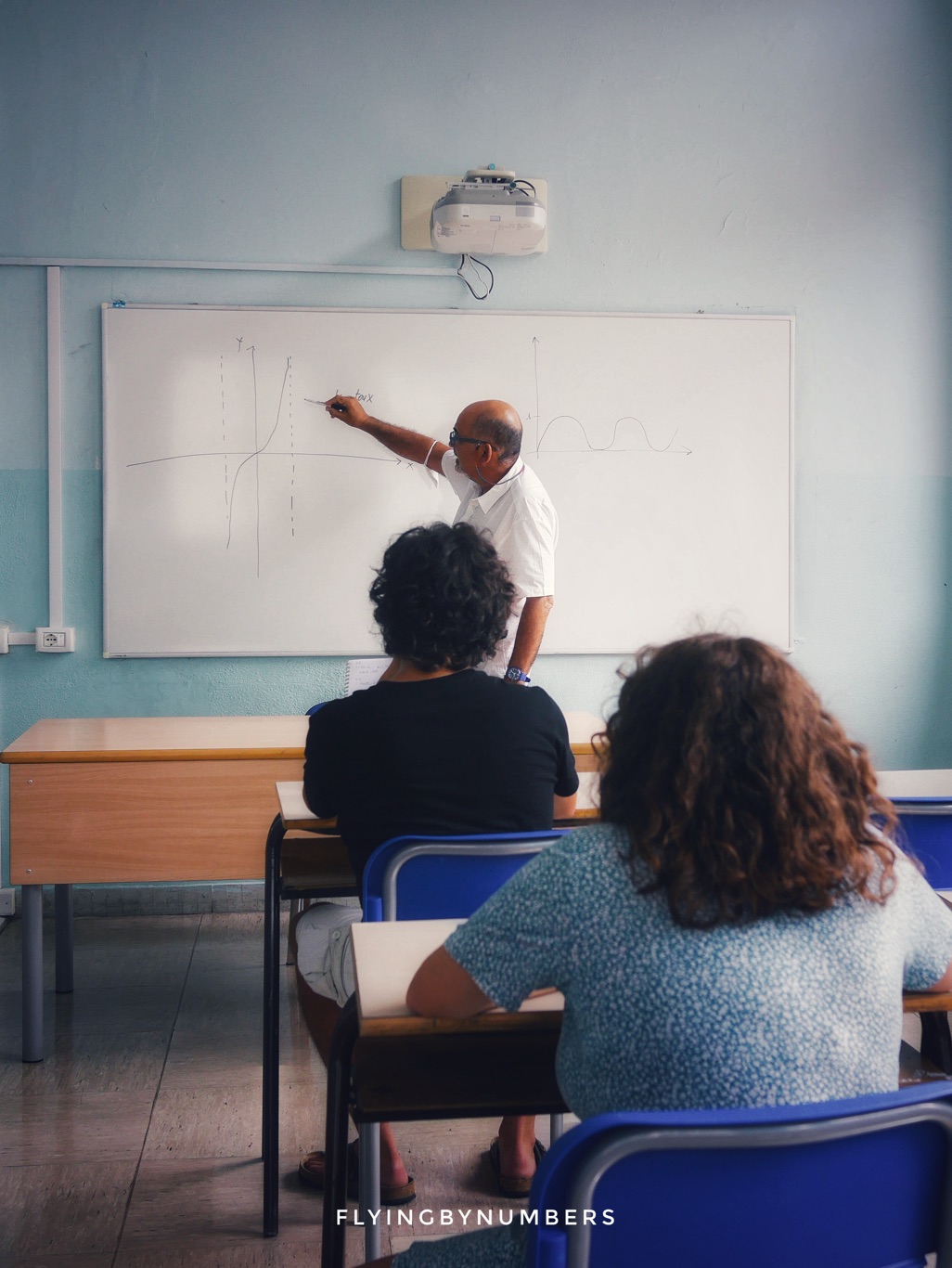
Ground-based engineering & training
Given their background in aircraft maintenance and systems, ex-flight engineers could also easily transition to roles as maintenance engineers.
Swapping the constant travel for a ground-based engineering role, plenty of flight engineers stayed with the airlines that once employed them, internally switching to a different branch of engineering.
In this capacity, they are responsible for the inspection, repair, and servicing of aircraft to ensure they meet safety and performance standards.
Working abroad
Finally, some ex-flight engineers didn’t want to change career, instead choosing to continue working with older aircraft models in countries where such planes are still in operation.
Many countries in Africa, for example, still utilise older aircraft that require the expertise of flight engineers.
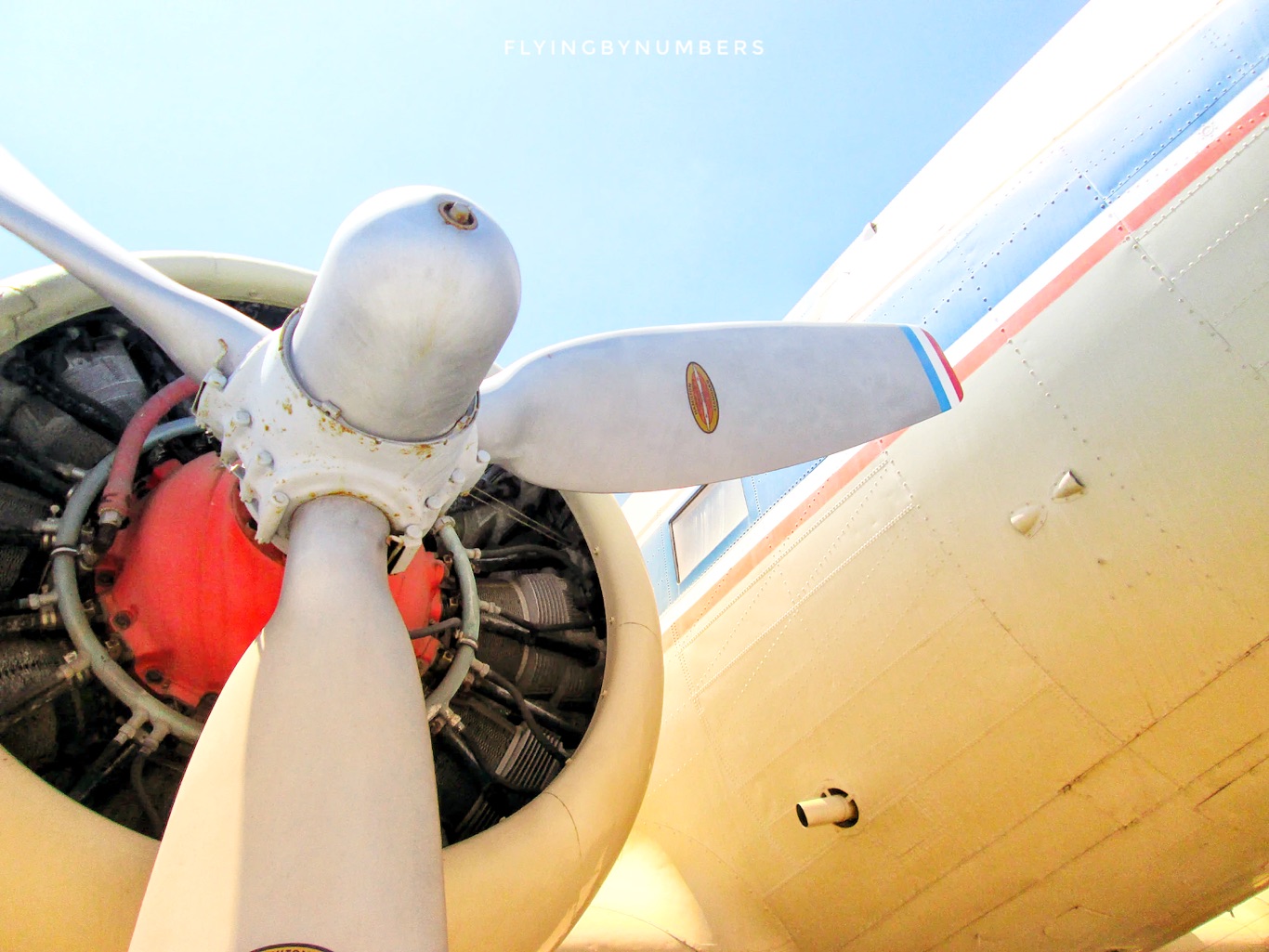
Summary
As we have seen, with the relentless march of technological improvement came the downfall of the flight engineer.
Once a key member of the cockpit team, responsible for everything from handling the engines to maintaining cabin pressurisation, the responsibilities of flight engineers were gradually phased out.
Ultimately, their role ended up being divided between the pilots themselves, and enhanced aircraft automation and more modern system design.
However, as the old saying goes, when one door closes, another one opens. While the days of the dedicated flight engineer are numbered, their spirit lives on in the myriad of specialised roles within the aviation industry:
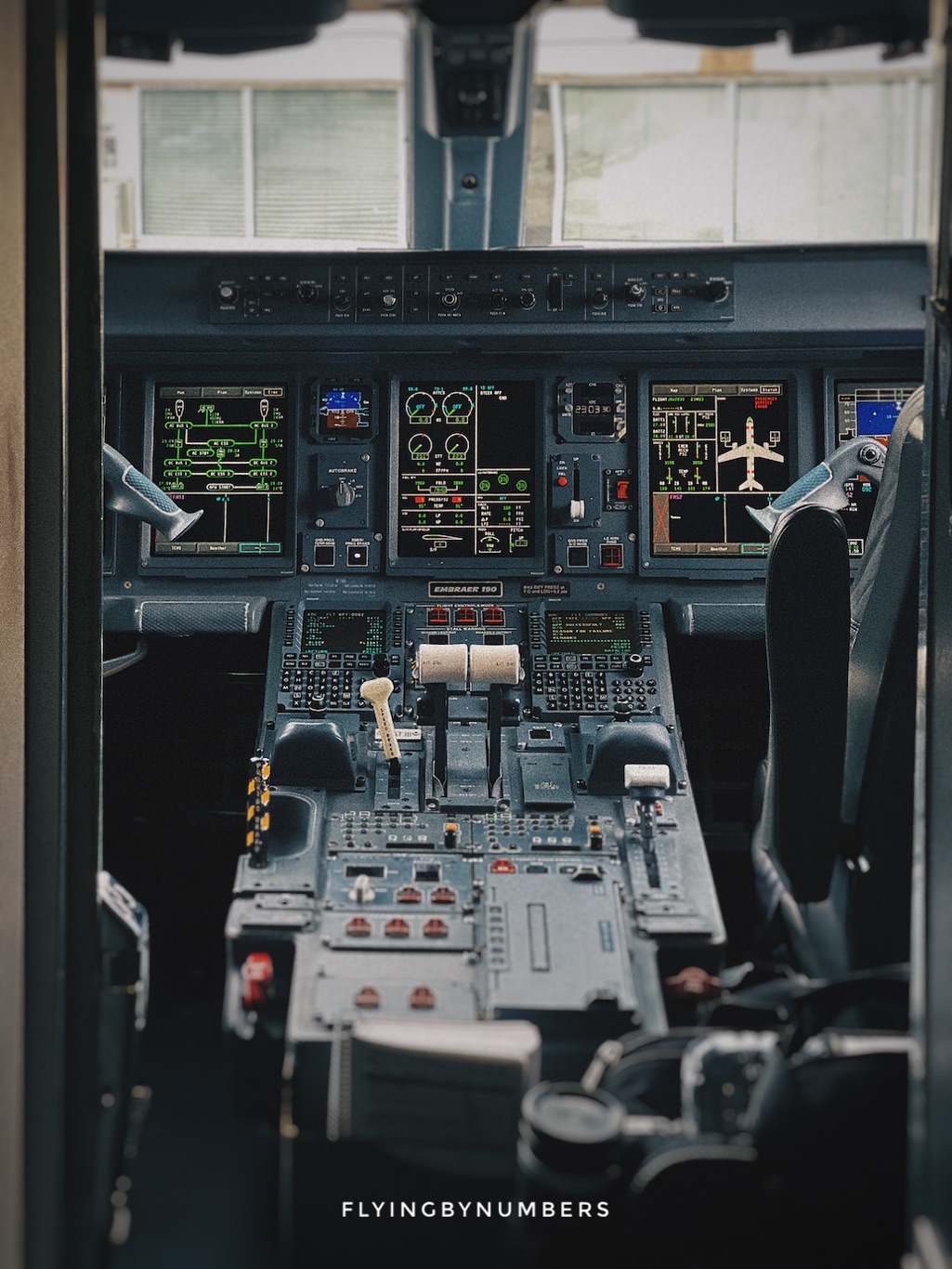
In some parts of the world, it is still possible to find a flight engineer, keeping older aircraft flying. But the role largely no longer exists. As automation improves, will the role of pilots also become redundant? Watch this space!
